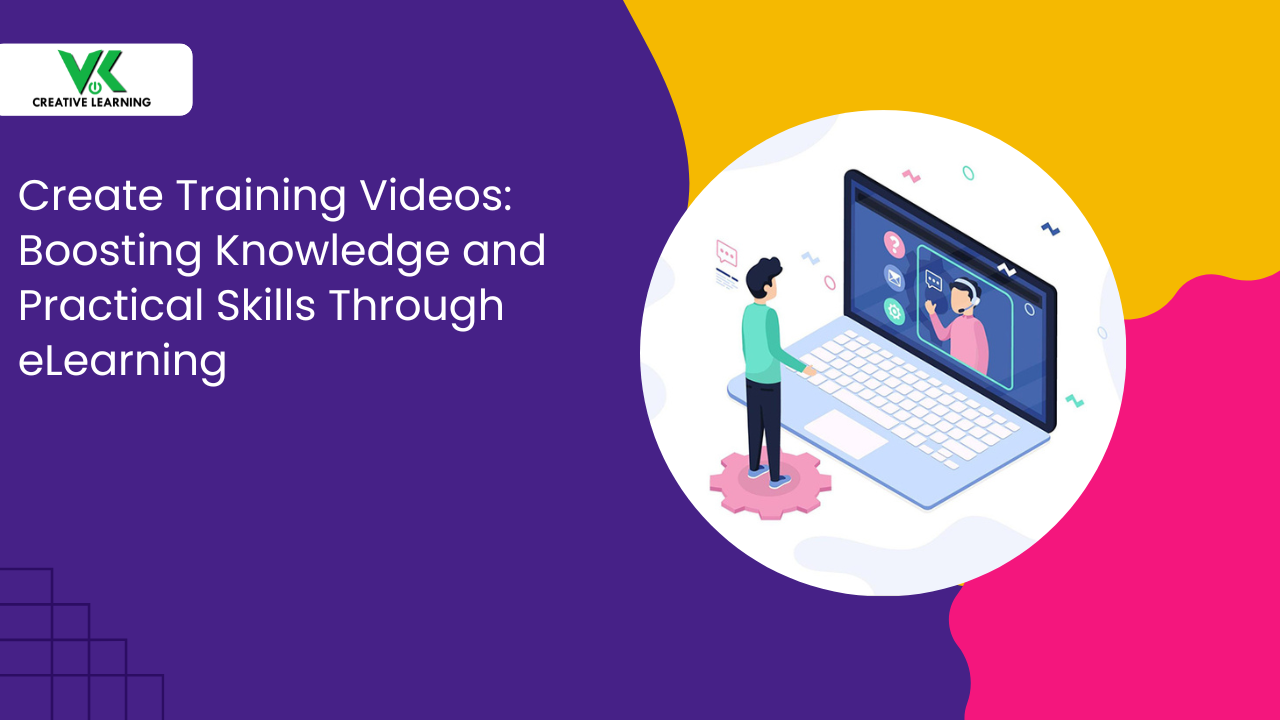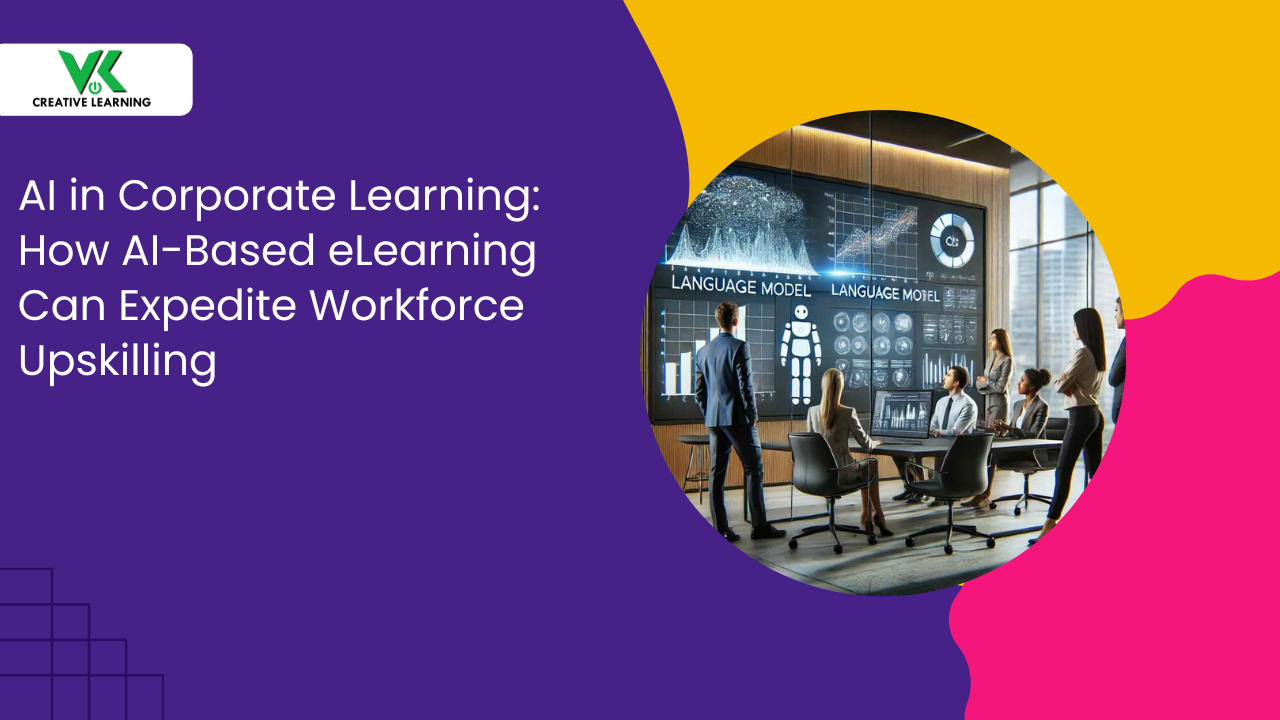Curriculum Innovation Through Versatile elearning Platforms
May 23, 2025
Historically, it has been observed that education clings to the rigid type of setups – the old-fashioned way. This means that it is highly reliable on chalkboards, textbooks, and projector methods. All these conventional types are done without any kind of understanding rendering.
Consequence: students have a hard time to get a hang of the concepts that are complex in nature. They also grapple with countless information that have jargon and technical terms -- a dreadful struggle.
Added to this, new technologies that can help students to ease of learning are not incorporated. The reason being, no practical ways to incorporate those emerging technologies unless digital devices are used. Thus, the learning material doesn't have the curriculum innovations. These novel methods cannot be injected through the digital educational trends.
Interestingly, there is a solution in the form of a lively ecosystem with multifaceted aspects. E-learning platforms are the medium that can incorporate innovative curriculum designs to encourage learning. The recent being it has multiple useful and practical features (AR/VR plus gamified learning, 3D animations).
Admirably, these platforms not only support curriculum innovation but also self-driven learning – paced understanding.
The inclusion of Virtual and Augmented realities in e-learning courses leads to in-depth concept-absorbing experiences.
Best part: students see a stark, vivid transformation that molds them into cultivators of ideas.
Cutting the story short: the adoption of e-learning in teaching aids in curriculum innovations. Even in distance learning solutions, it has many benefits to offer and hence, is essential. Importantly, it can play in pivotal role to be in sync with changing digital educational trends – an unignorable aspect.
We will get into the details of curriculum innovation in e-learning and its roles in the subsequent sections.
Table of Contents:
1. Understanding the Meaning of Curriculum Innovation: Crafting Tomorrow’s Learning Blueprint
2. Curriculum Innovations in E-learning Content Delivery Methods
- Adaptable Learning Pathways
- Critical Thinking Through Interactive Content -- Analytical Skill Development
- Curriculum Innovations in Customizing Education
Understanding the Meaning of Curriculum Innovation: Crafting Tomorrow’s Learning Blueprint
Curriculum innovation involves the use a novel, versatile techniques from the perspective of teaching (smart modules). The focus also lies on knowledge-gaining (hands-on practice, inquiry-driven study, gamified assessments). Thus, education is taught to students to make learning smooth, easy with the newly arrived pedagogy.
It also enhances content by chiseling quality standards and increasing relevance (real-world case studies). Importantly, it upgrades skills -- knowledge expansion of various topics.
Importantly, it upgrades skills – knowledge expansion of various topics. Thus, the students are able to soak in the information quickly with future-ready designs.
To bring in the relevance, curriculum innovation leans on the technique of adapting multiple methodologies. This includes learning by enquiring, several models of problem-solving, and flipped classrooms.
Furthermore, it adjusts to the shifts that happen in educational and technological spaces. Thus, as when required, curriculum innovation undergoes overhauls constantly.
Simultaneously, innovative curriculum design also adapts as per the evolving learning styles. This means all types of learners are considered while creating the content. Hence, be it any kind of learners -- visual, kinesthetic, or auditory, no one will be left disappointed.
Ultimately, curriculum innovation, when utilized elegantly, works like a hammer of change. It has the features to ignite curiosity among the learners to get more insight. This leads to molding learners to expand their current knowledge base.
Moreover, embracing innovations as per educational trends sparks up the landscape of teaching as well!
Curriculum Innovations in E-learning Content Delivery Methods
Adaptable Learning Pathways
Varied platforms such as e-learning contain synchronous (live classes, webinars, real-time chats) techniques. Also, along with it, what is included is an asynchronous (lessons in a recorded manner, offline tasks, and podcasts) mode.
Meanwhile, these platforms that follow digital education trends offer live discussions. This includes webinars in groups, rooms that include brainstorming collectively, and instant debates. These are followed by self-paced exercises-- that are: assignments on various topics, simulations on tough topics, and quizzes.
Undoubtedly, this e-learning encompasses intelligent algorithms that mix preferences of different types of learners. These kinds include: visual learners, preferring visual learning, and auditory individuals, prioritizing listening to lectures.
Also included in the list are kinesthetic learners, giving priority to practical-based learning. Besides, versatile curriculum innovations are incorporated in e-learning for high-school students with tight schedules.
In parallel, these features aid in self-regulation-based studying techniques (discipline) among learners. Precisely, regulations include management of time to cover the subject before exams. Teaching students to set goals, stay self-motivated during exams, and even study on time.
This also helps to build collaborative, creative abilities (group tasks, joint presentations, peer tutoring) among students.
Ultimately, curriculum innovation in e-learning keeps learners away from rote memorization. It also benefits students in igniting creative thoughts while solving any problems. This includes making use of idea generation, solving problems in a novel manner, and thinking uniquely.
Critical Thinking Through Interactive Content -- Analytical Skill Development
Problem-based activities (case studies, several roles, logic-based puzzles) push quick-adapting learners to break down complex scenarios. The situations here refer to different types of business crises and emergencies that surface in crisis circumstances. Additionally, the list includes using curriculum innovations for addressing legal dilemmas.
Subsequently, quizzes to adapt to learners' preferences are included in e-learning as a part of innovative curriculum design. This enfolds assessments of personalized form, responsive exercises, and tests given in real-time.
In addition, e-learning passes on feedback as it happens in the actual world. That is: immediate scoring, rapid evaluation, and instant review -- all assist in understanding gaps. This way, complex concepts and knowledge voids are taken care of.
Moreover, simulations that are incorporated, based on digital education trends (gamification, AR/VR, 2D and 3D animations) -- all life-like and industry-relevant situations.
Collectively, these curriculum innovations aid in learning and bring out higher-order thinking. This includes analysis of deep-level reasoning and logical judgment among learners. This also raises metacognitive awareness (self-reflection skills, thought-tracking, strategy evaluation) among students.
Furthermore, novel procedures are employed to encourage out-of-the-box thinking about subject matter. Along with it, inquiry-based learning polish off graduates. These measures help students link concepts with real-world challenges.
Curriculum Innovations in Customizing Education
Intelligent (data-driven, contextually-aware, adaptively-tuned) algorithms suggest recommendations for content creation. Thus, video animations, quizzes, etc., are incorporated for each individual learner’s needs. This is carried out with algorithms containing engines that work on decision trees and neural-network programs.
Simultaneously, progress analytics are present in the form of performance trackers and assessment tools. Their presence steers learners toward the right learning path and provides the required information.
Even experienced instructors can make use of curriculum innovations to address. This way, they can be in sync with sporadic digital educational trends. These measures help schools and teachers to figure out the weaknesses (that is: conceptual gaps and knowledge lapses) in students.
Also, e-learning as a part of curriculum innovation designs has smartly designed modules -- interactive in nature. The virtual platform also provides case studies and adaptive exercises (on various topics) to the students.
These help in building up and strengthening their knowledge and thoroughly learn the concepts. The innovative methodologies also aid students to gain mastery over analytical know-how and conceptual understanding.
Moreover, the flexible pacing (that is: self-directed and progress-adjustable timelines) opens up to an individualized knowledge soaking process of students. The learning speeds refer to reading, speaking, and practicing problems (math, science). The retention rates (remembrance) also improve with calibration in curriculum innovation in e-learning.
Hence, personalized e-learning when injected into learning materials can build up learners' self-esteem and motivate them to learn more. This process, when followed on a regular basis, can broaden their core level (bedrock-level). Even their competencies in critical thinking as well ability to assess problems, enhance with time.
Conclusion
Institutes and schools can customize e-learning solutions (especially K-12 e-learning). In this manner, they can make the knowledge-gaining process easier. This is possible through the incorporation of curricular innovations.
For the same, they can approach VK Creative Learning -- an acclaimed and experienced superstar in the field of e-learning. VKCL has gained a name for itself in introducing innovative methodologies in learning materials.
VKCL’s animation video integration consists of cutting-edge multimedia designs for easily mastering concepts.




